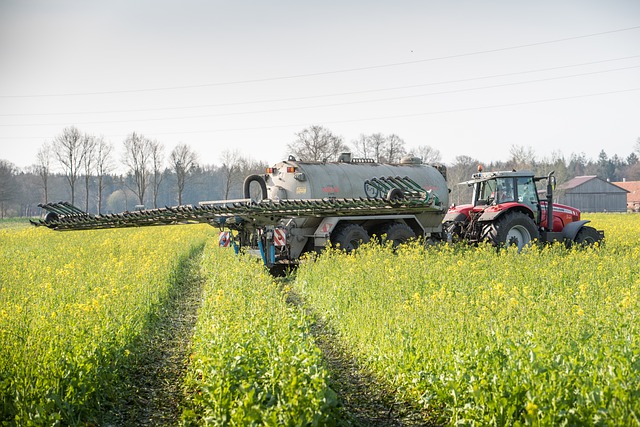As the world grapples with the alarming effects of climate change, desertification has emerged as one of the most pressing environmental issues. With vast stretches of once-fertile land turning into arid deserts, the threat to biodiversity and food security has never been more evident. However, innovative agricultural practices, such as intercropping, offer a beacon of hope in our efforts to restore balance to our ecosystems.
Intercropping, the agricultural practice of growing two or more crops in proximity, promises a sustainable solution for combating desertification. By diversifying the crops cultivated, farmers can not only improve soil health but also enhance the resilience of the environment against the harsh impacts of climate change. This method mimics natural ecosystems, where various plant species coexist and support one another, leading to increased biodiversity.
One of the primary benefits of intercropping is its ability to improve soil structure and fertility. Different root systems allow for efficient nutrient extraction and reduction of soil erosion. This is particularly crucial in areas prone to desertification, where topsoil can be dramatically lost due to wind and water erosion. By planting legumes alongside cereals, for example, farmers can naturally replenish nitrogen levels in the soil, ensuring that the land remains productive over time.
Additionally, intercropping provides greater resilience to climate variability. When one crop fails due to drought or pests, the other may still thrive, providing food security and livelihoods for farming communities. Such diversity not only stabilizes agricultural output but can also contribute to higher yields overall, reducing the need to clear more land for cultivation, which is often a contributor to desertification.
Furthermore, intercropping promotes natural pest control. By planting different crops in close proximity, beneficial insects are attracted, helping to manage pest populations without relying on chemical pesticides. This reduces the ecological footprint of farming practices and encourages a healthier environment, benefiting both the land and its inhabitants.
In regions vulnerable to desertification, the adoption of intercropping is not merely an agricultural technique but a profound shift towards sustainable land management. By fostering cooperation between different species, we can restore degraded land and protect it from the devastation of climate change. This holistic approach not only enhances food security but also preserves the delicate balance of our ecosystems.
The urgency of addressing desertification in a changing climate cannot be overstated. As we continue to seek solutions that align with environmental sustainability, intercropping emerges as a powerful tool that empowers both the land and the people who rely on it. By embracing this method, we take a significant step towards safeguarding our planet for future generations.


